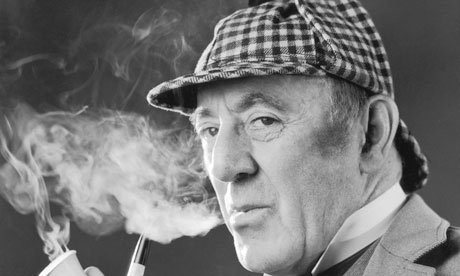
Next month Lincoln is to host a steampunk festival. Whether you know it or not, you may well already have enjoyed some steampunk culture.
A genre of books, films and games, steampunk is set in the world of Victorian science-fiction. The science-obsessed Victorians were the first to create speculative fantasies about what we might be able to achieve with technology: HG Wells's The Time Machine, Jules Verne's Journey to the Centre of the Earth, or Arthur Conan Doyle's The Lost World.
Since the 1960s, writers who grew up loving these Victorian fantasies have been creating their own – full of clanking machinery, brass spectacles, ingenious clockwork inventions by eccentric professors, and – the signature steampunk item – flights by zeppelin.
If this is all ringing a brass-and-mahogany-trimmed bell, that's because the once niche culture has slowly been seeping into the mainstream. Philip Pullman's Golden Compass is pretty steampunk, David Bowie's turn as Tesla in the 2006 film The Prestige was quite steampunk, and last year's Sherlock Holmes movie with Robert Downey Junior was very steampunk indeed.
The aesthetic is an ornate antidote to Apple and Ikea sleekness. Handmade crafts site Etsy currently lists more than 50,000 steampunk-style products to buy including fob watches, computer keyboards made from original Victorian typewriters and multi-lensed goggles. You could start a journey into steampunk with China Mieville's novel Perdido Street Station, or try one of the newly released Parasol Protectorate series about Victorian vampires. You could play the gloriously atmospheric online game Echo Bazaar. Or you could wait: with clattering cogs and a fug of ether, steampunk is coming.

